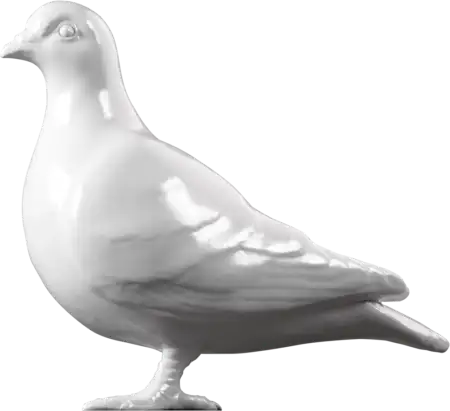Social History — C. 1780
Door
Newgate Prison was located on Newgate Street in the City of London. The original prison was destroyed by the Great Fire of London and rebuilt in 1672. The prison was under reconstruction when it was set ablaze by the mob during the Gordon Riots of June 1780. Lord George Gordon, the instigator of the Riots, was himself imprisoned in Newgate afterwards. Prisoners ranged from debtors to felons. Newgate was notorious for the overcrowded and unhealthy conditions in which they were incarcerated.
Public executions took place outside Newgate between 1783 and 1868 when concern over public order prompted the authorities to transfer hangings inside the prison walls. Probably the most famous public execution at Newgate was that of the ringleaders of the 'Cato Street Conspiracy' in 1820. In the radical political climate after the Napoleonic Wars, a group of revolutionaries planned to spark a popular insurrection by assassinating the Cabinet as they dined at the Earl of Harrowby's house in Grosvenor Square. The group was meeting in a room on Cato Street at the time of their arrest by the Bow Street Runners. The accused were tried in the Sessions House at the Old Bailey, next door to Newgate. Five of those convicted for being part of the conspiracy were sentenced to transportation to the colonies. Five others, including the group's leader Arthur Thistlewood, were found guilty of high treason. In front of cheering crowds held back to prevent any rescue attempt, Thistlewood declared, "I desire all here to remember, that I die in the cause of liberty". The five men were hanged and then beheaded with a surgeon's knife. These beheadings would be the last in British history.
This heavy iron clad oak door was taken from the interior of the prison when it was demolished in 1902. The door probably led out onto one of the inner yards. It was auctioned along with other fittings and fixtures after the prison's closure. The door was donated to the London Museum by the City of Westminster in 1942.
- Category:
- Social History
- Object ID:
- 42.2
- Object name:
- door
- Object type:
- Artist/Maker:
- —
- Related people:
- Related events:
- Related places:
- Production date:
- c. 1780
- Material:
iron, wood
- Measurements/duration:
- H 2170 mm, W 1165 mm, D 150 mm (door), H 530 mm, W 1650 mm, D 105 mm (top bars), WT 564 k (overall)
- Part of:
- —
- On display:
- —
- Record quality:
- 100%
- Part of this object:
- —
- Owner Status & Credit:
Permanent collection
- Copyright holder:
digital image © London Museum
- Image credit:
- —
- Creative commons usage:
- —
- License this image:
To license this image for commercial use, please contact the London Museum Picture Library.
